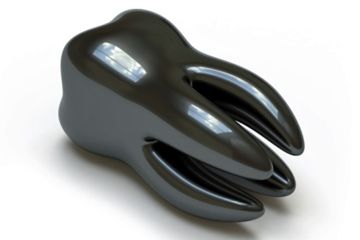As we age, many of us begin to lose our natural teeth. Sixty-nine percent of Americans ages 35 to 44 have lost at least one of their permanent teeth, and by the age of 74, 26 percent have lost all of their permanent teeth [source: American Association of Oral and Maxillofacial Surgeons]. Whether it's because of gum disease, tooth decay or an accident, there are no guarantees you'll reach the pearly gates with your pearly whites.
Tooth loss, including missing or broken teeth, can lead to big problems if left untreated. In addition to cosmetic concerns, missing teeth may cause other teeth to shift, may cause muscle stress and pain, facial muscle loosening (making your face look saggy) and also may cause jaw bone and jaw joint problems (temporomandibular disorders, or TMD). And missing even just a single tooth may accelerate the loss of more teeth.
Advertisement
Dentures, or artificial teeth, are a common way to solve the problem. There are two basic types of dentures, complete and partial. Complete dentures are used when there are no natural teeth remaining -- these are a complete set of artificial teeth. Dental partials are used when one or some teeth are missing but there are still natural permanent teeth in your mouth.
A dental partial is a prosthesis a dentist or prosthodontist (a dentist who specializes in teeth restoration and replacement) makes to replace one or more missing teeth. It is a dental appliance custom fit to prevent your remaining teeth from shifting, to improve chewing and speech, and to restore your healthy smile. A dental partial is similar to a dental bridge, and can be removable or fixed.
Next, let's look into how dentists are able to custom fit dental partials to your individual needs, as well as what you should expect from the appliance's look and feel.
Advertisement

